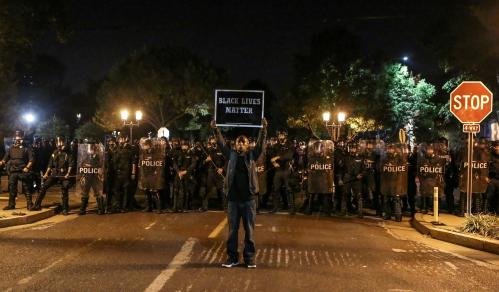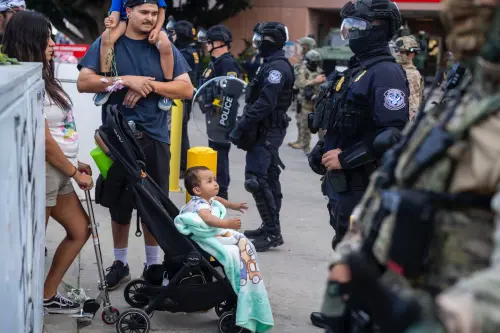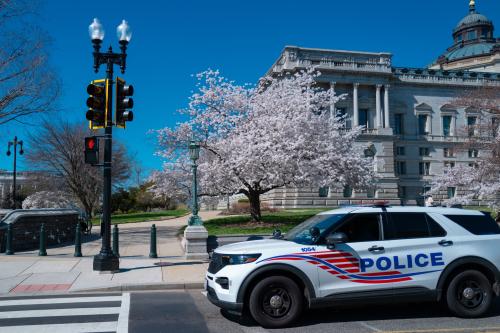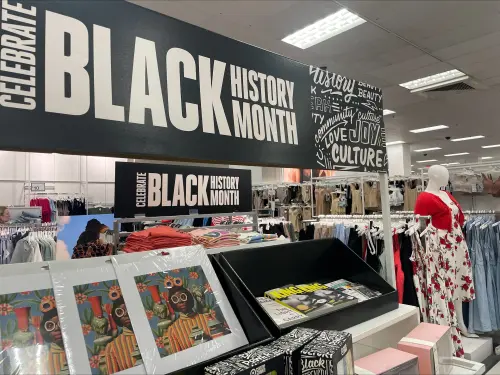

2:00 pm EDT - 3:30 pm EDT
Past Event
2:00 pm - 3:30 pm EDT
1775 Massachusetts Avenue N.W.
Washington, DC
20036
This year is on track to potentially be one of the deadliest in terms of police-caused deaths in the contemporary United States. And, as data from past years demonstrate, Black Americans are killed by police at disproportionately high rates. From Ferguson, Missouri, to St. Paul, Minnesota, and from Oakland to New York City, the Black Lives Matter movement has helped raise public awareness of this discrepancy and of police violence against black people. But what do we know about where, and in what context, Black Lives Matter demonstrations take place? Or about how marginalized communities respond to state repression?
On June 19, Governance Studies at Brookings hosted an event to discuss the breadth, frequency, and historical significance of Black Lives Matter protests. A panel of experts discussed a new study that shows that 14 percent of all U.S. cities with more than 30,000 inhabitants experienced at least one BLM demonstration in the year following Michael Brown’s death—and finds that protests were more likely to occur in localities where more black people have previously been killed by police. At this event, coinciding with Juneteenth celebrations happening across the country, the panel also discussed the ways in which the Black Lives Matter movement relates to a long history of political resistance to state coercion and repression of marginalized communities in America.
After the session, panelists took questions from the audience.
Related Content

Vanessa Williamson
May 17, 2018
Moderator

Panelist

Gabriel R. Sanchez, Edward D. Vargas, Daniel F. López-Cevallos, Carmen R. Valdez, Ana Luisa Oaxaca Carrasco
June 24, 2025

Hanna Love, Hannah Stephens
April 23, 2025

Stacy Hawkins, Andre M. Perry, Robert Puentes
April 23, 2025